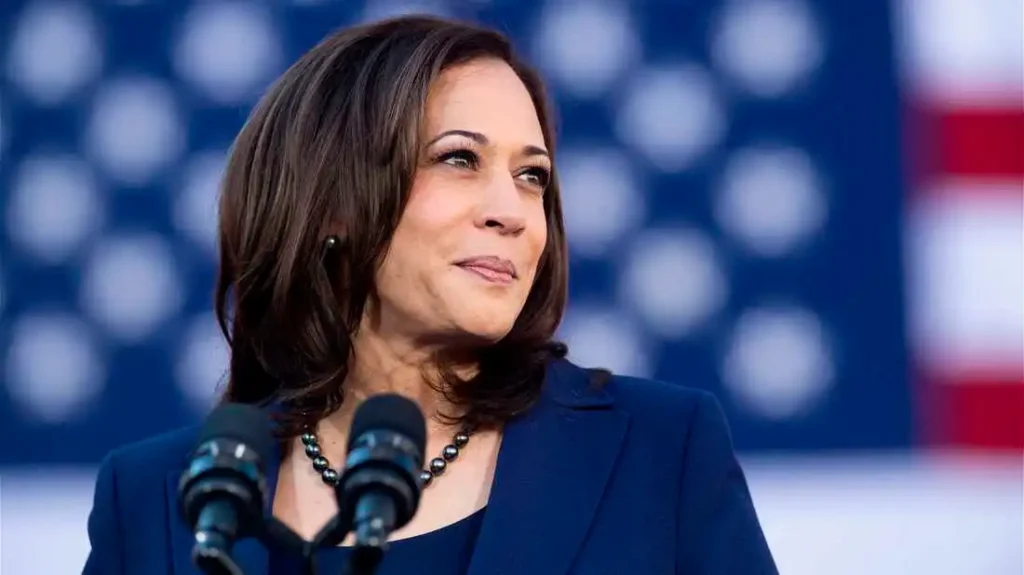Vice President Kamala Harris has unveiled a new economic proposal aimed at providing significant tax relief to over 100 million middle-class and lower-income Americans. This move comes as Harris prepares to solidify her presidential agenda following her nomination as the Democratic candidate. Her proposal, presented in a battleground state, North Carolina, marks a significant shift towards populism as she seeks to address the economic challenges faced by ordinary citizens.
A Focus on Middle-Class Relief
In her speech, Harris emphasized the importance of building an “opportunity economy” for the middle class. Her plan aims to tackle the rising costs of essential goods and services, such as housing, groceries, and healthcare. Harris acknowledged that while the Biden administration has made progress, many Americans still struggle to make ends meet. She stated that her presidency would focus on ensuring that economic progress is felt by all, not just a select few.

Harris criticized big businesses, accusing some of them of contributing to rising costs by engaging in practices like price gouging. She vowed to take action against such practices to protect consumers and ensure fair pricing. Harris’s plan also includes a significant expansion of tax credits, including the popular child tax credit and the earned income tax credit (EITC), both of which had been temporarily enhanced during Biden’s term.
Expansion of Tax Credits and Affordable Care Act Subsidies
One of the key components of Harris’s proposal is the restoration and expansion of the child tax credit, increasing it from $2,000 to $3,600 per child and making it permanent. This measure, which was temporarily in effect in 2021, has been a central point of debate in Congress, with Democrats unsuccessfully attempting to revive it due to its high cost. Additionally, Harris proposed a new child tax credit of up to $6,000 for families with newborns, aimed at easing the financial burden during a time when expenses are particularly high.
The vice president also plans to extend the enhanced Affordable Care Act (ACA) premium subsidies, which have played a crucial role in increasing Obamacare sign-ups. These subsidies, set to expire at the end of 2025, would be extended under Harris’s plan, ensuring continued access to affordable healthcare for millions of Americans.
Harris vs. Trump: A Battle of Economic Visions
Harris’s proposal is a direct response to the economic agenda of her Republican rival, former President Donald Trump. Trump’s economic policies, including proposed tariffs on imported goods, have been criticized by Harris as detrimental to the middle class. She argued that Trump’s tariffs would act as a de facto national sales tax, raising the cost of everyday necessities and further burdening working Americans.
In contrast, Harris’s plan aims to alleviate financial pressures by targeting tax relief at those who need it most—the middle class and lower-income families. Her campaign has positioned her as a defender of the middle class, in stark contrast to Trump, who she claims is focused on benefiting the wealthy and big corporations.
Challenges Ahead: Congressional Approval and Funding
While Harris’s proposals have been met with enthusiasm from her supporters, the plan faces significant challenges in Congress. Many of the provisions, including the expanded child tax credit and ACA subsidies, require congressional approval. Furthermore, Harris has yet to outline how she intends to fund these costly initiatives, a point that is likely to be a major focus of debate in the coming months.
The Harris campaign has indicated that more details on the funding mechanisms will be rolled out in the near future. For now, her focus remains on building a compelling economic narrative that resonates with the American public and draws a clear contrast with her Republican opponent.


